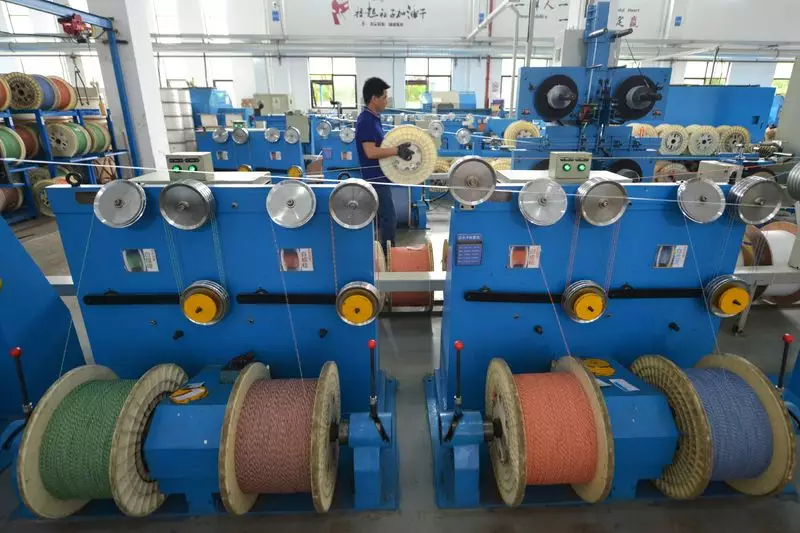In August 2023, China’s industrial output experienced its slowest growth in five months, raising concerns about the stability of the world’s second-largest economy. Official data from the National Bureau of Statistics (NBS) revealed that industrial production rose by just 4.5% year-on-year, a decline from the 5.1% growth recorded in July. This figure fell short of the market expectations set by analysts, who had predicted a 4.8% increase. This disappointing performance in industrial output reflects a broader trend of weakening momentum in economic activity that China has faced in recent months, exacerbated by muted bank lending figures released on the previous day.
The combination of sluggish industrial production alongside soft lending figures indicates underlying issues in demand and investment. Experts are increasingly vocal about the necessity for substantial stimulus measures to invigorate economic performance. As demand fails to catch up with production capabilities, the risk of stagnation looms larger over the economic landscape.
Retail sales figures also confirm the fraught economic climate facing China. In August, retail sales only managed a meager 2.1% increase, down from a more optimistic 2.7% in July. Expected to rise by 2.5%, the retail sales figures underscore the slow recovery in consumer spending—a critical driver of economic expansion. Analysts point to persistent domestic demand issues that may hinder growth in the third quarter, potentially falling short of the gains seen in the preceding months.
Consumption has consistently fallen short of government targets throughout the year, a trend that some analysts attribute to the ongoing challenges in the property market. With many households tightening their belts, fueled by uncertainty and a lack of confidence in financial stability, it is evident that China’s economic health is interconnected with consumer confidence and spending patterns. The government may need to adopt more assertive measures to stimulate consumption, including potential distribution of shopping vouchers to encourage spending.
The residential real estate market serves as a striking illustration of the broader economic malaise. August’s data painted a troubling picture, as new home prices experienced the steepest decline in over nine years. With only two of 70 major cities reporting price increases, it’s clear that the property sector is struggling to rebound. The sluggishness in property sales and investment throughout the first eight months of the year contributes significantly to fears of broader economic decline.
Local governments are responding to the dire property situation by increasing the issuance of bonds to fund essential construction projects. While these measures might alleviate some immediate pressures, comprehensive strategies tackling the root problems within the property sector are vital. Increased efforts from the state are necessary to support beleaguered developers and stimulate potential home buyers. As the negative impacts of the property slump ripple through the economy, it becomes evident that sustaining long-term growth requires a revitalization of this crucial sector.
In response to these unfolding economic challenges, Chinese officials, including President Xi Jinping and Premier Li Qiang, have acknowledged the need for a determined approach to revitalization. Promises of focused measures aimed at boosting household income and consumption illustrate a recognition of the urgency required to stimulate the economy. Analysts from notable financial institutions are predicting that bolder interventions will materialize in the fourth quarter as economic indicators continue to falter.
As the economy struggles to regain solid footing in the wake of the pandemic, the looming specter of missed growth targets threatens both domestic and international confidence in China’s economic management. Coordination between fiscal and monetary policy will be essential in crafting strategies that address both short-term responsiveness and long-term structural challenges.
China finds itself at a critical juncture, where economic recovery appears tenuous, and growth numbers are failing to capture the desired momentum. As data reveals the overarching themes of declining industrial output, weak retail performance, and housing market instability, the call for a strong, consolidated stimulus measures is becoming increasingly urgent. The actions taken in the coming months will be vital in fortifying China’s economic landscape against the pressures of stagnation and ensuring it remains resilient in the global economic arena.

